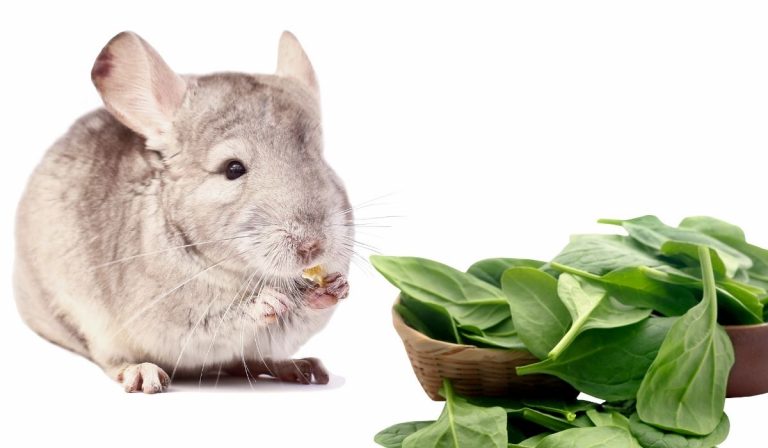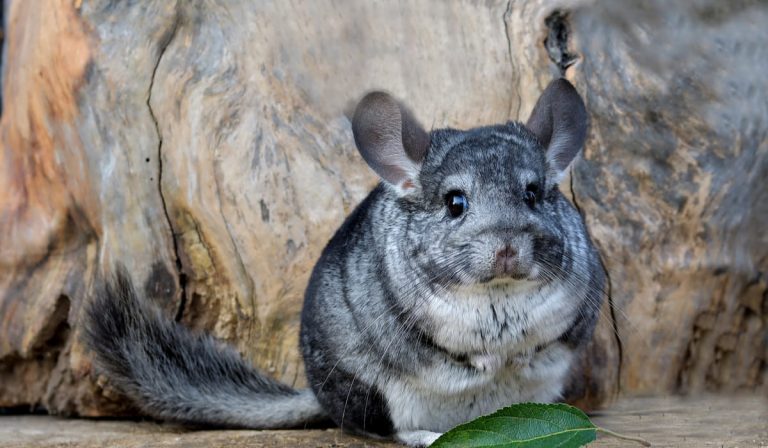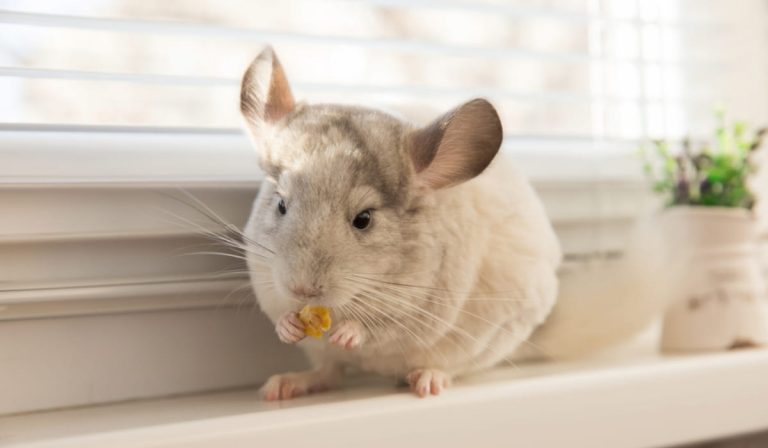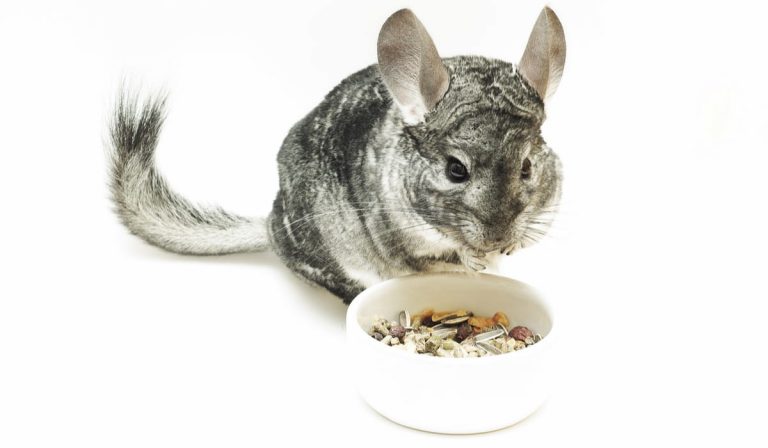Can Chinchillas Get Wet?
Chinchillas are adorable animals with extremely dense, fluffy fur coats. Their natural habitat is arid, so they aren’t well equipped to cope with wet fur and cold temperatures.
Getting wet is one of a chinchilla’s least favorite things to do, it can even be dangerous for them.
As a chinchilla owner, you should understand how your pet’s coat functions and how to keep them clean without having to get them wet.
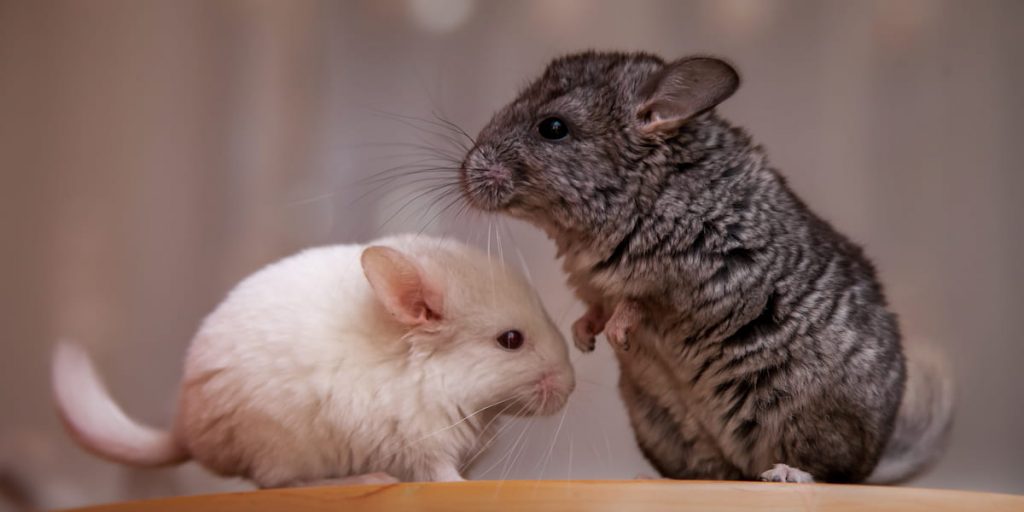
Why can’t chinchillas get wet?
Chinchillas have the densest fur coat among animals on land. A single follicle can contain more than 80 strands of hair.
Their fur absorbs water easily, and even a small amount of water can keep it wet for a long time.
This results in matted fur which dries on the outside but remains damp inside.
This condition can promote issues such as hypothermia and fur fungus. Long exposure to water and wet fur may even lead to the death of the animal.
Do chinchillas get wet in the wild?
Chinchillas are typically found living in deep burrows on slopes of the Andean Mountains.
Their natural territory is now primarily limited to areas in the Atacama Desert of South America with an elevation of 3000 to 5000 meters above sea level. At this altitude, the land is highly arid with less than 1 inch of rain per year.
Even in areas where it rains, chinchillas are well-adapted and can find shelter that protects them. Since their natural habit is rocky terrain, they can find deep cervices and remain safe until the rainwater clears.
We can conclude that chinchillas do not have to come into contact with water. They would avoid it at all costs. They do their best to remain dry in the wild.
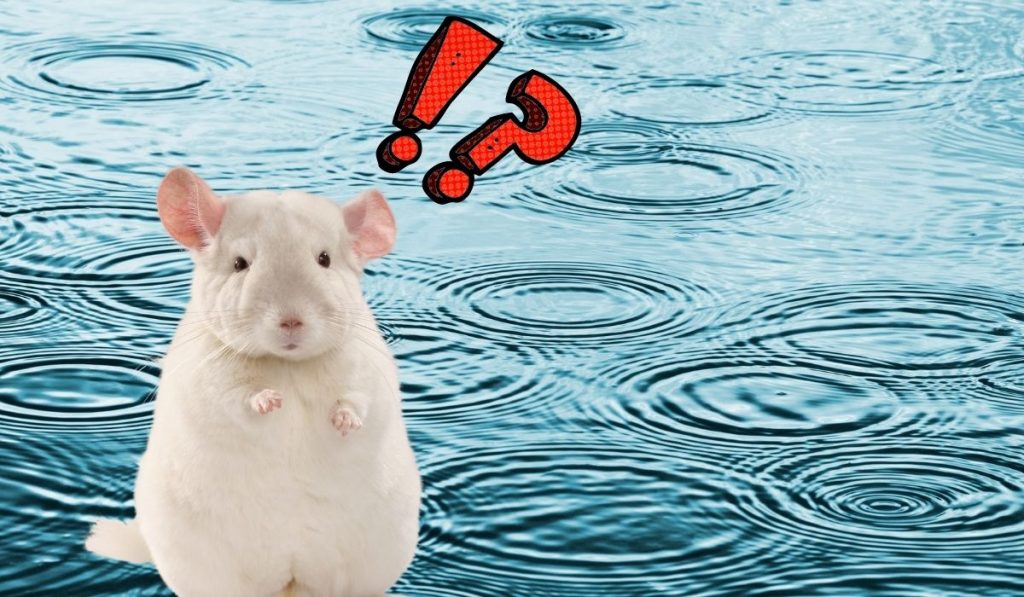
What happens if a chinchilla gets wet?
Chinchillas are not adapted to live in a wet environment. Therefore, it is difficult for them to dry if they get wet.
There are many occasions when your chinchilla might get wet. For example, if their water bottle leaks, you accidentally spilled food on them, or they fall under a urine spray from another chinchilla.
If it’s just a few drops and your animal is wet for a short period of time, you don’t need to worry much about it.
However, if the chinchilla remains wet for a long time, there are some serious consequences.
Hypothermia
Chinchillas are not well adapted to temperature change. Hypothermia can occur if they remain wet for a long time, even with just a small amount of water.
Slight changes in core body temperature can lead to the death of a chinchilla.
Fur Fungus
Chinchillas are vulnerable to fur fungus when they get wet. This is because the matted fur becomes dry on the outside but remains damp on the inside and creates a moist environment that is perfect for the growth of fungi.
Ringworm, which is a kind of fungus, is one of the most common culprits.
Fur fungus can lead to bald spots and itching in your pet. If you notice any of these symptoms, it is necessary to visit your veterinarian.
Why does my chinchilla have wet fur under its chin?
If you see matted fur, patches of hair loss, or flat hair around your chinchilla’s neck and chin, it means they may have a dental problem.
A defective tooth, gum, or jaw can lead to occlusion of ducts and ulcers in the mouth of chinchillas. The condition causes excessive salivation, which keeps their chin wet.
Matted fur under their chin is one of the biggest symptoms in cases like this.
Your pet may eat normally and appear healthy at first, but there can be a serious underlying health issue.
If your chinchilla displays these symptoms, consult with a veterinarian for guidance.
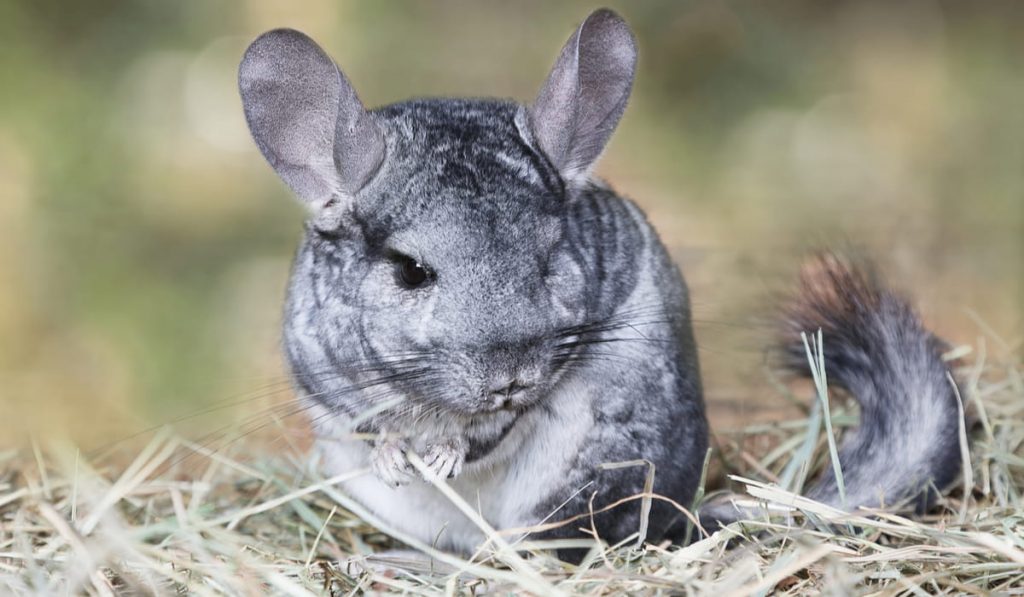
How do you dry a chinchilla if they get wet?
As we described above, chinchillas rarely get wet in the wild.
Therefore, they are not well adapted to drying themselves naturally. If your pet gets wet, you need to help them dry.
While a few drops of water are not a big problem, prolonged exposure to water and humidity will lead to serious health problems.
Please use the following tips as soon as possible to dry them:
1. Increase the room temperature
Chinchillas are adapted to cool temperatures, but a low body temperature because of wet fur can lead to hypothermia. To avoid such a situation, increase the temperature of your room, or maintain it to about 72 degrees Fahrenheit.
If you live in an excessively humid area or suspect that the outside weather is not suitable for drying your pet naturally, then a dehumidifier might help. Put a dehumidifier in the room to remove excess moisture.
2. Towel dry
You can dry a chinchilla with a towel, although it’s not a perfect method and you also need to be gentle.
To towel dry, put your pet on a towel. Pat with light strokes and dry in a circular motion, be careful to not squeeze the animal.
This will remove excess wetness but towel drying is not enough most of the time. The remaining dampness can still cause problems. It’s better to use some drying tools.
3. Blow dry
You can use a blow dryer to dry your pet but set the dryer on low heat. This will make sure that it does not get too hot for the sensitive animal.
It’s important that:
- The dryer is at the low or no heat setting.
- Keep the dryer at least two feet away from the pet.
- Comb their fur gently to make sure that the air has a chance to reach their skin.
- Do not use the dryer for too long.

How do you clean chinchillas? A wet bath or dust bath?
Since chinchillas absolutely cannot get wet, the shower is a big no. It also means that owners don’t need to worry about bathing their pets.
In the wild, they roll in dust and flip flop around until their fur is clean. Chinchillas actually love this dust bath, it’s part of their behavior.
As a pet owner, you can help your chinchillas stay clean by providing clean volcanic clay or you can buy dust baths from pet stores.
A water bath should be done only when the benefits outweigh the risk factors. And it should be under controlled measures or by a professional.
Can chinchillas swim?
Chinchillas are not good swimmers. They have a very dense fur coat that absorbs water and becomes heavy, matted, and compacted.
Therefore, chinchillas can drown even in shallow water.
We hope you enjoyed this look at chinchilla care and have found it helpful.
Resources:
- https://en.wikipedia.org/wiki/Chinchilla
- https://lovemychinchilla.com/why-can-you-not-get-a-chinchilla-wet/
- https://planetchinchilla.com/can-chinchillas-get-wet/
- https://www.justanswer.com/pet/735lu-white-chinchilla-dirty-wettish-patch-fur.html
- https://neeness.com/what-happens-when-a-chinchilla-gets-wet/


